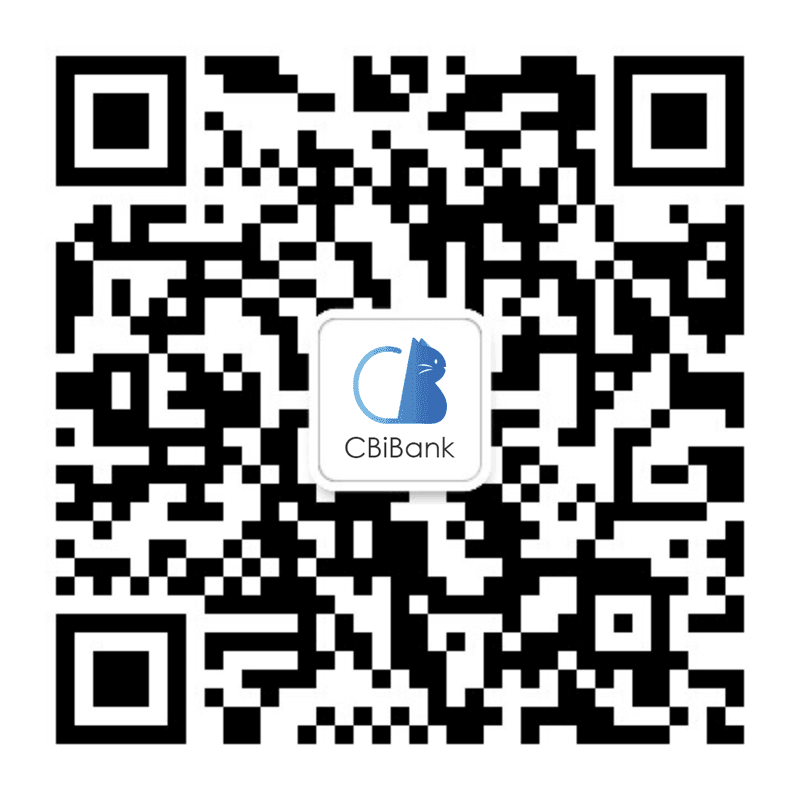What Foreign Trade Settlement Methods Can Exporters Use?
If you’ve ever dealt with overseas clients, you know that receiving money is rarely as simple as “they pay, you get it.” The reality is a maze of paperwork, compliance checks, and bank rules. That’s why understanding different foreign trade settlement methods is essential. The right approach keeps your cash flow healthy and reduces stress. With banks like CBiBank, companies can explore flexible settlement channels designed for international trade.
1. Document-based settlement methods
Some exporters rely on traditional tools like letters of credit or documentary collections. These methods provide security because banks check documents before releasing payments.
⚠️ The downside? They are slower and involve more paperwork. For large-value shipments, though, they remain a trusted foreign trade settlement method.
2. Offshore account settlements
Opening an offshore corporate account abroad gives exporters greater flexibility. Instead of routing every payment through a domestic bank, companies can directly collect in USD, EUR, GBP, or RMB.
🌍 With CBiBank, exporters benefit from multi-currency support and stable settlement processes that reduce unnecessary delays
3. Direct B2B transfers
For long-term partners, many companies prefer direct wire transfers between corporate accounts. This method is fast and straightforward, but it requires mutual trust.
🔑 Having a reliable bank partner ensures compliance checks don’t block the transaction unnecessarily.
4. Platform-linked settlements
E-commerce exporters (Amazon, eBay, JD International, etc.) often need settlement accounts linked directly to sales platforms.
📈 Dedicated accounts, such as those offered by CBiBank, make it easier for exporters to integrate payment collection into daily operations.
5. Digital and automated settlements
The future of foreign trade settlement methods is going digital:
📊 E-documentation speeds up compliance checks
🌐 API integrations link company systems with bank settlement channels
🛠️ Automation reduces manual reconciliation
👉 Forward-looking banks like CBiBank already provide exporters with these tools: Learn more here.
FAQ on Foreign Trade Settlement Methods
Q1: Which foreign trade settlement method is safest?
For high-value shipments, document-based methods such as letters of credit are considered the safest because banks verify trade documents before releasing payment.
Q2: Which method is fastest for exporters?
Direct B2B transfers and platform-linked settlements are generally the fastest, especially when supported by banks that streamline compliance checks.
Q3: Can SMEs also use offshore settlement accounts?
Yes. Offshore accounts are not limited to large enterprises. SMEs benefit from multi-currency support and faster access to funds through banks like CBiBank.
Q4: Do exporters need to prepare different documents for each settlement method?
Yes. Letters of credit and collections require full trade documents, while direct transfers may only need contracts and invoices. Offshore and digital settlements usually need standard compliance paperwork.
Q5: What is the future trend of settlement methods?
The future is digital. More exporters are adopting automated settlement tools, API integrations, and e-documentation to cut delays and reduce manual errors.
Final Thoughts
Choosing the right foreign trade settlement methods is not just a banking decision — it’s a strategy for stability and growth. Whether relying on traditional instruments or modern digital solutions, exporters who prepare the right documents and partner with institutions like CBiBank will find settlement easier, faster, and safer.
Related articles

 WeChat of CBiBank
WeChat of CBiBank